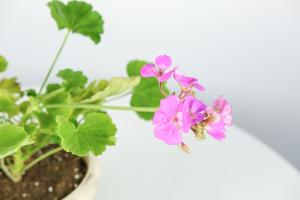Is a Chestnut Tree a Flowering Plant?
Flowering plants, also known as angiosperms, are a diverse group of plants that have evolved over millions of years. They are characterized by their ability to produce flowers, which are the reproductive organs responsible for producing seeds through fertilization. Chestnut trees are a familiar sight in many parts of the world, and people often wonder whether they are flowering plants or not.
What are Chestnut Trees?
Chestnut trees belong to the genus Castanea and are part of the Fagaceae family, which also includes oak and beech trees. There are several different species of chestnut trees, including the American chestnut, European chestnut, and Chinese chestnut. These trees can grow to be quite large, with some species reaching heights of up to 100 feet.
Do Chestnut Trees Produce Flowers?
Yes, chestnut trees do produce flowers. The flowers of chestnut trees are relatively inconspicuous and are produced in slender shoots called catkins. The male catkins produce pollen, while the female catkins produce the ovules that will eventually develop into chestnuts. These catkins typically appear in the spring, and the pollen is carried by the wind to pollinate the female flowers.
How are Chestnut Trees Pollinated?
Chestnut trees are a type of wind-pollinated plant, which means that their pollen is carried by the wind rather than being carried by insects or other animals. The male flowers produce vast amounts of lightweight pollen that can be carried by even a gentle breeze. When the pollen drifts onto the female flowers, it can fertilize the ovules, leading to the development of chestnuts.
What are the Benefits of Chestnut Trees?
Chestnut trees have many benefits, both for the environment and for humans. Chestnuts are a nutritious food source that can be roasted or ground into flour for baking. The wood from chestnut trees is also valuable and has been used for centuries in furniture making and other applications. Chestnut trees are also an important part of many ecosystems, providing habitat for wildlife and helping to maintain soil health through their extensive root systems.
In Conclusion
Chestnut trees are indeed a type of flowering plant, producing both male and female flowers in the form of catkins. While their flowers may not be as showy as those of other plants, chestnut trees play an essential role in many ecosystems and provide numerous benefits to humans and the natural world.

 how many times do yo...
how many times do yo... how many planted tre...
how many planted tre... how many pine trees ...
how many pine trees ... how many pecan trees...
how many pecan trees... how many plants comp...
how many plants comp... how many plants can ...
how many plants can ... how many plants and ...
how many plants and ... how many pepper plan...
how many pepper plan...
































